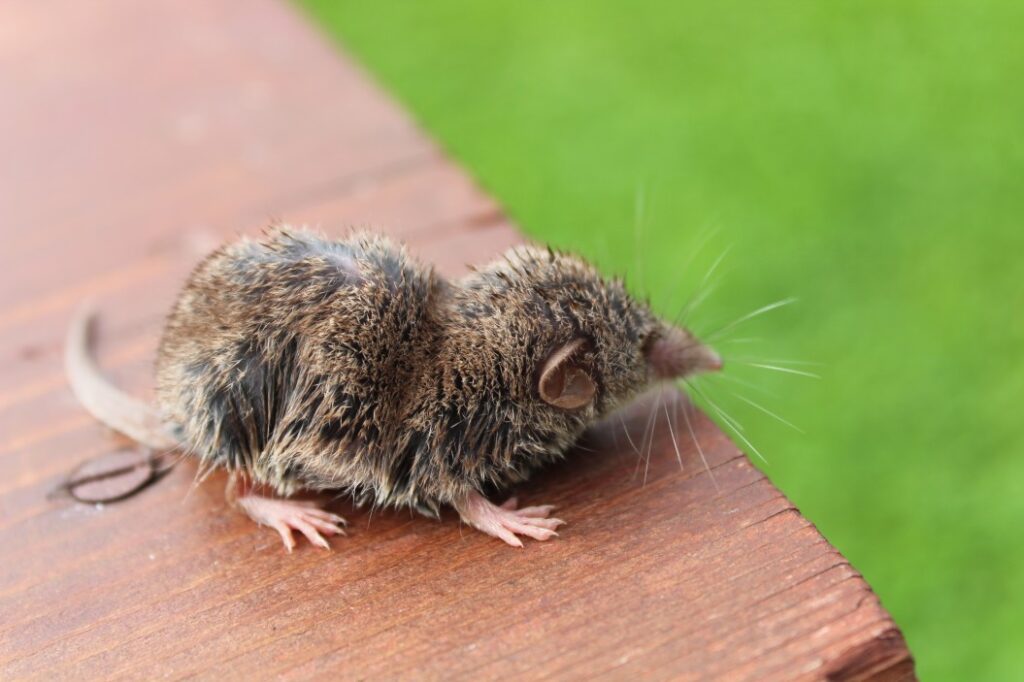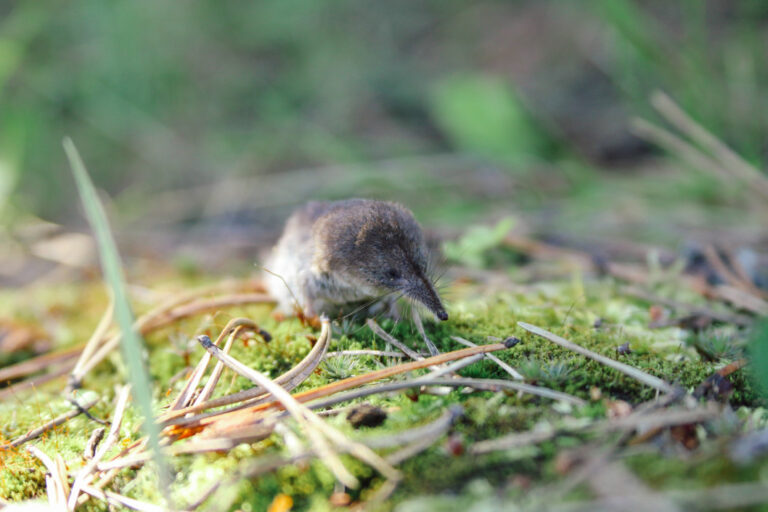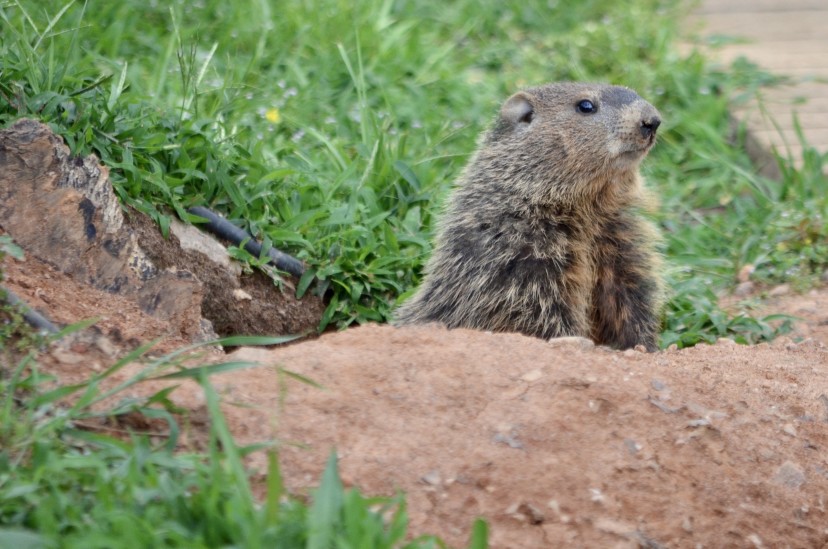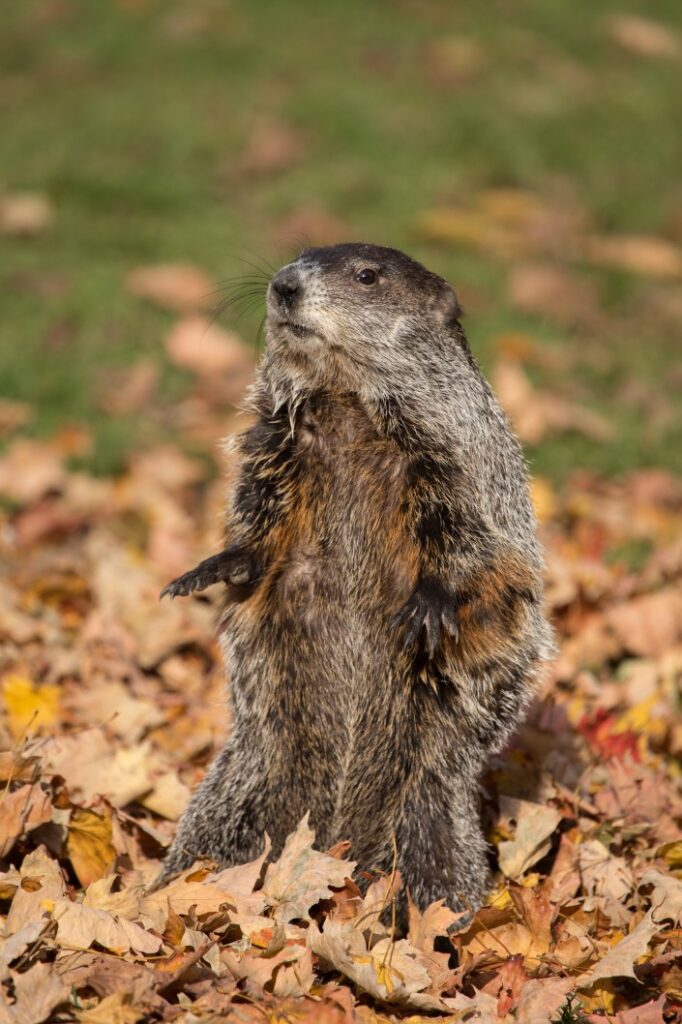 Do Shrews Dig Holes And Live Underground In My Yard?
Do Shrews Dig Holes And Live Underground In My Yard?
The shrew has a long, pointed snout and protruding whiskers. It might look cute but it is a dangerous little animal and an outdoor pest that can be often found digging its way through yards. For its residence, it either builds its burrow from scratch or takes over an abandoned burrow from other rodents like chipmunks or moles.
You might often notice several one-inch-diameter entrance holes are left around the yard by shrews when they dig their underground tunnel systems. In the wild, these holes are most likely found in areas with damp, shaded, overgrown vegetation.
But shrews do not discriminate and they also love to dig holes in gardens and yards. Unfortunately, this causes a lot of damage for homeowners. While these animals are at it, they’ll often uproot entire plants. In addition, their shallow tunnels in lawns can become a safety hazard for people.
Keep reading to learn more about shrews digging and living in your yard.
Do Shrews Dig Tunnels, Burrow, Or Nest Underground?
Shrews are ground animals that live in a great variety of habitats. Most of them prefer locations that are well-covered shelters under the ground so that they can be protected against predators and the harsh winter weather.
The exact habitat depends on the species, but in most cases, shrews make their home in your yard, either underground in abandoned burrows, or by burrowing underneath flat rocks, tree stumps, blocks of pavement, big rotting wood logs, in vegetation like bushes, in tree cavities, and in the crevices of house foundations.
They dig small tunnels that often lead to the entrance opening of the burrow. Because of their location, you can tell them apart from the rest of the holes in the yard. This is also due to the size and angle of the holes, which makes it easier to identify them as the holes dug out by shrews. These mammals can also excavate tiny, dime-sized holes in the lawn in order to gain access to mole tunnels.
Shrews are not as much destructive as moles and voles, thus, many people choose to leave them alone. Foraging for insects, worms, spiders, snails, and grubs in the grass, shrews search for them both above and below the ground.
Unlike other small mammals, shrews do not create surface tunnels. Instead, they prefer to tunnel underground and use the runways and tunnels constructed by larger animals such as voles or moles.

How Deep Can Shrews Dig?
The shrews have strong front feet with 5 clawed toes on each foot, which enables them to dig deep into the ground. They remove the loose soil and dirt from the tunnel with the help of their hind feet by kicking it out, or by pushing it out with their elongated snout.
On average, the burrows are around 4 inches deep below the surface, but in the most extreme cases, as much as 20 inches can be dug into the ground. The burrow is flat inside, both on the bottom and at the top. The nest itself is made inside the burrow and is covered with fur or dense, dry vegetation.
Do Shrews Come Above The Ground?
Similar to mice and rats, shrews are great climbers. They can also jump up for more than 4 inches in the air, which makes them very agile. They need to be constantly on the move, so they come above the ground from time to time, particularly at night, as they are nocturnal animals. You can sometimes notice them running on the ground rapidly with jerky movements.
If not staying in their burrows, shrews can be sometimes found scurrying on the ground, or getting around in runways made in leaves and other surface litter or snow. However, this wildlife spends most of its time underground.
With that said, shrews are not afraid to enter homes searching for food or shelter, even if they prefer to live outdoors.
For the most part, the yard damage caused by shrews consists of underground tunnels and holes they dig in search of food. Shrews are one of the most voracious wildlife that can invade people’s residences, thus, causing a lot of destruction. Having a very high metabolism, they need to feed almost continuously.
Shrews are known for gnawing on tree bark, chewing grass and plant roots in yards. They also contaminate food sources, such as vegetables and fruits in the garden, with their urine and droppings.
Despite that, as they can be easily mistaken for voles, shrews might get all the blame for destroyed yards. But in general, even though they can ruin the look of your lawn with their holes, these mammals are beneficial as they are important members of the ecosystem. They prey on species such as rodents, harmful insects, and other outdoor pests.
However, if the shrews have invaded your property and have become a nuisance, they may need to be eliminated. Call Westchester Wildlife for advice or schedule an appointment with one of our experienced and knowledgeable pest and wildlife professionals.
All in all, the best way to get rid of shrews in the yard is through trapping. But these animals run fast and can easily escape without being caught. If you need help trapping and removing a shrew from your home or yard, get in touch with our team in Westchester, Dutchess, Putnam Counties in NY, or Fairfield County in CT. We will be happy to assist you!
 Do Groundhogs Hibernate In Winter?
Do Groundhogs Hibernate In Winter?
You must have heard about the groundhog tradition that originated in Pennsylvania. It suggests that if the groundhog sees its shadow, it will return to its den and you can expect another 6 weeks of winter. However, if the animal does not see its shadow, then spring is just around the corner!
A groundhog is not just like any other wild animal that you see in the woods or might take up residence on your property. It has some fascinating behavior that sets it apart from most wildlife.
According to scientists, the groundhog, also known as the woodchuck, is considered to be a deep hibernator in the wintertime. What it means is that they spend the whole winter in a state of hibernation.
Hibernation is a form of unconscious sleep and a state of lowered metabolism and suppressed appetite which causes the animal not to eat. As the animal does not feel hunger or stress, it can save energy and conserve nutrients for later use. Hibernation helps the animal to survive in the harsh winters when food is scarce.
In fact, the groundhog spends a large portion of the summer and fall season chowing down on the foods that they eat. And, once it builds up all of the fat that it needs on its body, it is ready to get inside its burrow for the hibernation period.
If you want to learn more about some of the unique habits of groundhogs, keep reading!
Why Do Groundhogs Hibernate And How Do They Prepare For Hibernation?
There may be different reasons why some animals hibernate during the winter months.
One of the most common reasons for the groundhog’s hibernation is its dietary needs, especially when food is scarce. Groundhogs have a difficult time finding food sources during the winter season because of the scarcity of the foods that they consume.
Thus, nature causes the groundhogs to go into a deep hibernation state for their survival. This is also why they eat constantly during the off-season (i.e. the summer months) to prepare their body for these long and cold winter months.
The groundhog’s appetite hormones regulate metabolism during the hibernation period and help the body conserve its energy.
As groundhogs burrow in the ground, before going into their winter sleep, they dig a den that comfortably accommodates them. The groundhog sleeps for between 5 and 7 months, but typically, this hibernation period lasts from October to March.

What Happens When Groundhogs Hibernate?
The groundhog’s body lowers all movements and functions to ensure that the animal can survive while sleeping through the winter.
According to the National Wildlife Federation, the temperature of the groundhog’s body will decrease significantly. It will drop from 99° F to about 37° F. This rodent stays warm by conserving body heat, which can help maintain the core body temperature at a stable level.
In addition, there are also other changes that occur in their body when the groundhogs are inactive during the hibernation period. For instance, their heart rate reduces and their breathing will slow down as well. Thus, the rate of their breathing will drop from around 16 breaths to just 2 breaths per minute. Their normal heart rate of about 80 to 100 beats per minute during the pre-hibernation period will reduce to just 4 or 5 beats per minute.
These are the primary reasons why these animals are referred to as deep hibernators.
Where Do Groundhogs Hibernate?
These rodents are solitary creatures and tend to hibernate alone. As mentioned earlier, groundhogs hibernate in underground burrows that they dig using their powerful claws and teeth.
The hole is a circular area covered with leaves, grasses, sticks, and branches. To keep itself warm inside the hole, the animal covers the den with piles of dirt that serve as insulation from the cold.
Do Groundhogs Eat During Hibernation?
Groundhogs don’t wake up to eat during their hibernation period. They are herbivores, which means they only feed on vegetation, and that is not readily available in winter. When in their natural habitat, these animals could therefore be driven into starvation due to the lack of food in the freezing weather. But groundhogs must survive without eating for months at a stretch and avoid starvation.
Thus, they are highly adapted to survive even when such food is scarce in the wintertime. Groundhogs hibernate to conserve energy and prevent hunger. They are able to survive on stored fat and use it to produce energy during hibernation.
They get energy when fat in their body is used. Also, their body has reduced their nutrition needs, allowing the groundhog to survive for a few months without eating.
Do you need groundhog removal services in Fairfield County CT, or Westchester, Putnam, and Dutchess Counties NY? Our professionals at Westchester Wildlife can humanely and safely trap and remove groundhogs that live on your property. So contact us today for a free phone consultation or an appointment.
